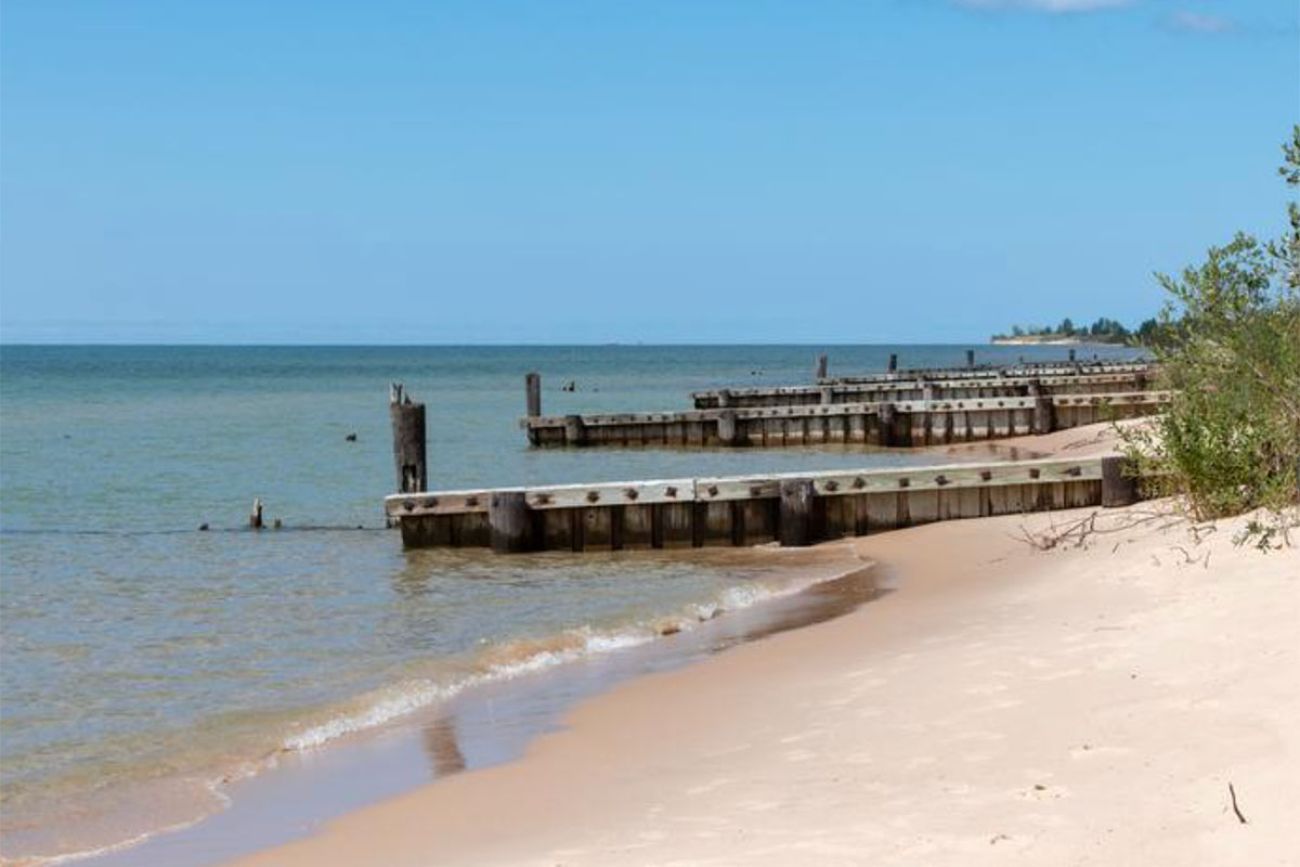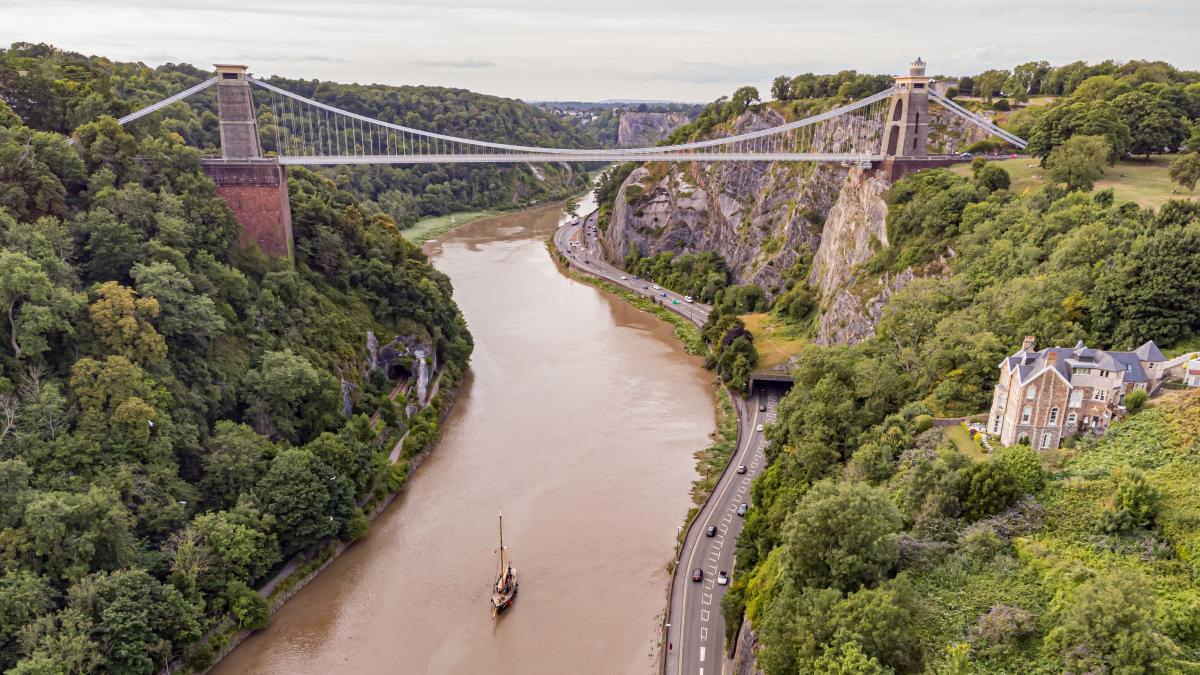A tsunami-like wave on Lake Michigan? What you should know about a “meteotsunami”

The Lake Michigan meteotsunami occurred on beaches near Ludington and Holland on Tuesday, according to the NWS. The oceanic weather event caused waves up to 2 feet (60 centimeters) high, said Joe Ceru, a meteorologist at the National Weather Service’s Grand Rapids office.
“A line of severe thunderstorms moved through southwest Michigan,” Ceru said. “Along this system, there were rapidly changing atmospheric pressure patterns that caused water levels along the lakeshore to fluctuate rapidly.”
A camera in Holland State Park captured the intensity of the waves.
In a meteotsunami, severe storms cause waves to move toward the coast, and coastal features such as a shallow continental shelf or an ocean bay amplify the waves.
According to NOAA, scientists are just beginning to understand the phenomenon. Meteotsunamis can reach heights of 6 feet or more and occur in various parts of the world, including the Gulf of Mexico, the Atlantic coast, and the Mediterranean and Adriatic Seas, NOAA says.
“They (meteotsunamis) can occur in all five Great Lakes, but are most common in Lake Michigan,” Ceru said. “Most meteotsunamis typically occur from April to July.”
Meteotsunamis are rare in Michigan. The last one occurred in April 2018, when winds reached 71 mph during a thunderstorm and caused an 8-foot wave near Ludington. The last meteotsunami before that was in 2014.
This article is republished under a syndication agreement with. Bridge Michigan. Bridge Michigan is Michigan’s largest nonprofit news service and one of the leading and largest nonprofit providers of civic news in the country. Their reporting is nonpartisan, fact-based and data-driven. You can find them online at https://www.bridgemi.com/.



